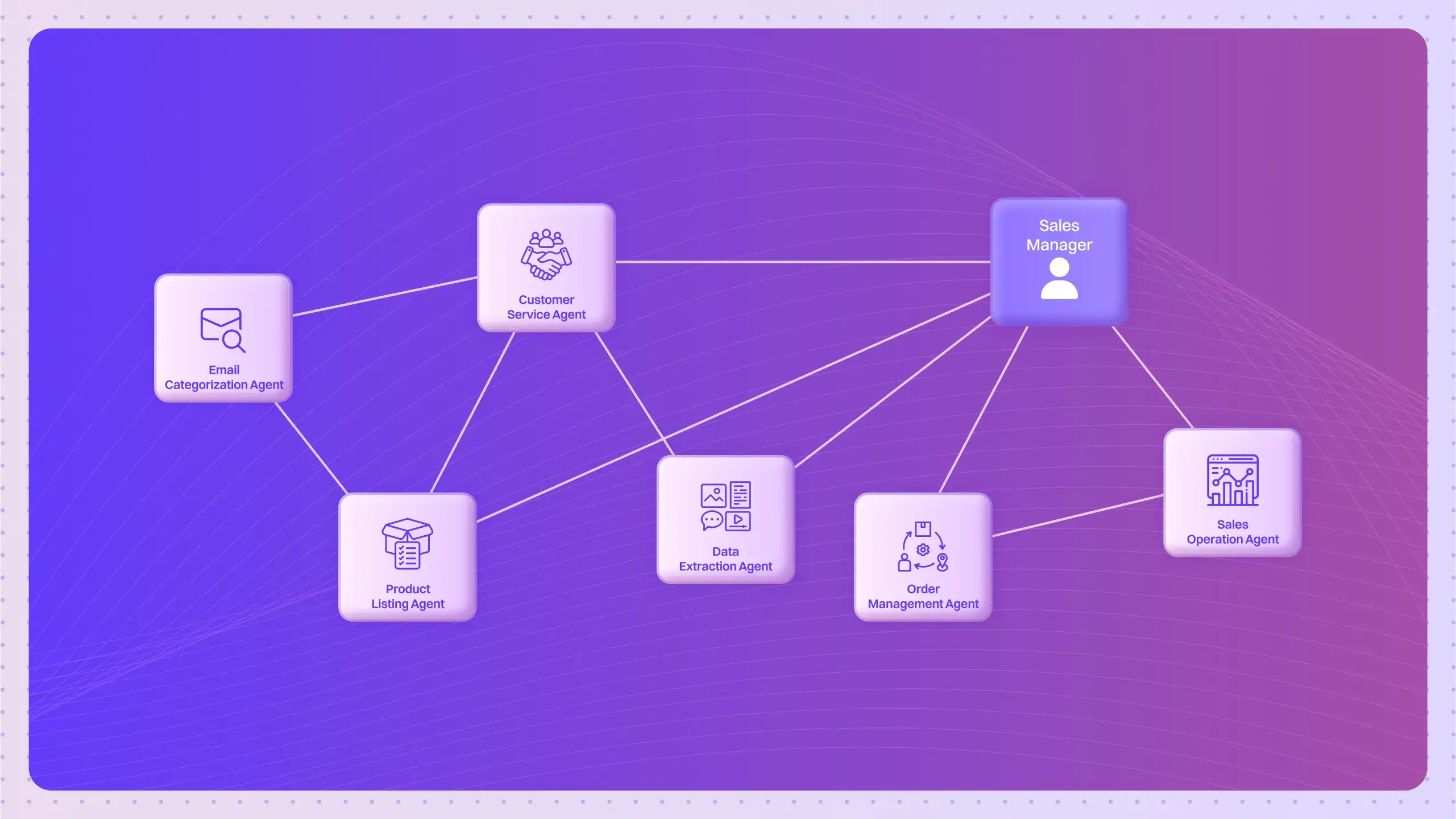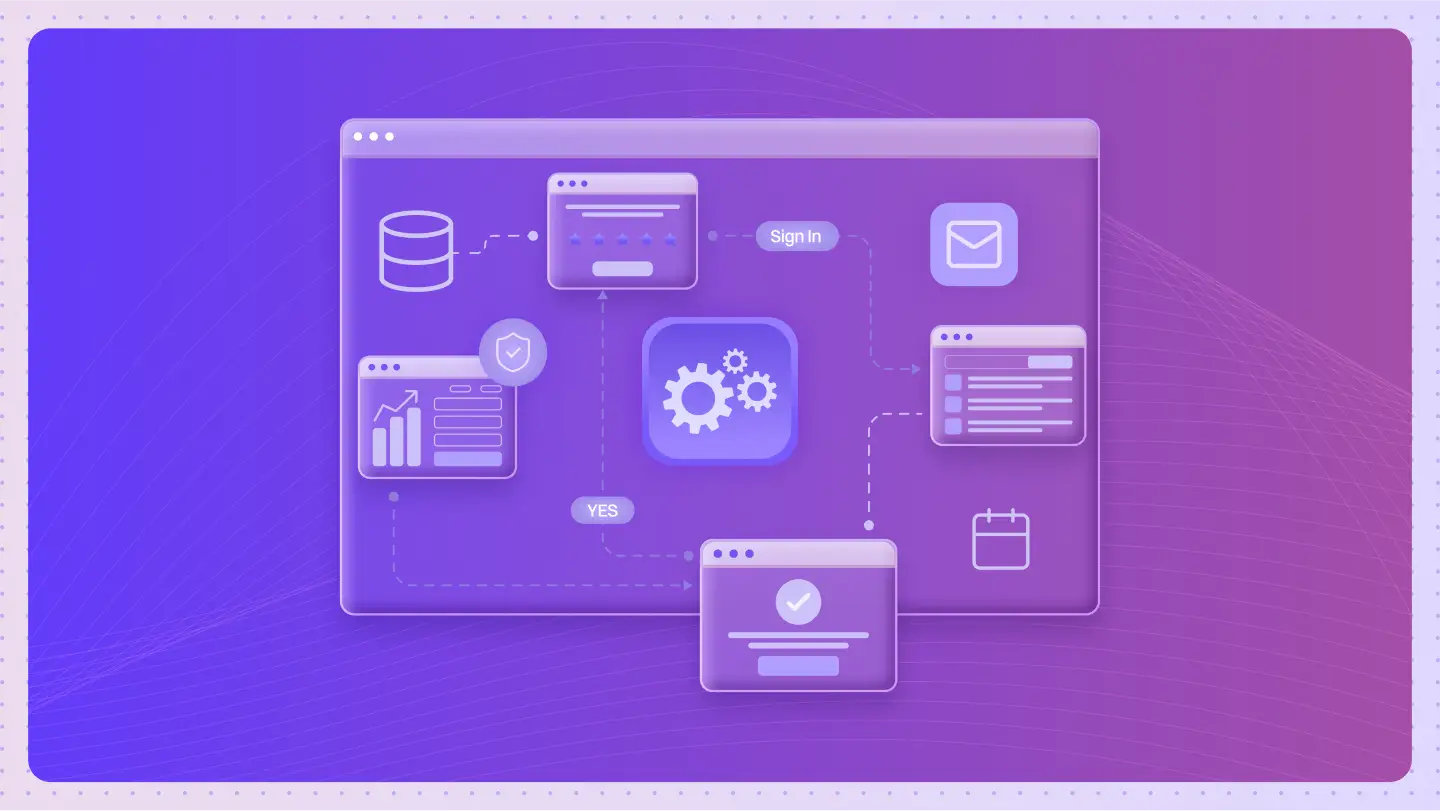What is Bayesian Networks?
Bayesian Networks are graphical models that represent probabilistic relationships among variables. They allow for efficient inference and decision-making by modeling uncertainty and dependencies.
How do Bayesian Networks Operate for Data Analysis?
Bayesian Networks are probabilistic graphical models that represent a set of variables and their conditional dependencies using directed acyclic graphs (DAGs). They function by providing a framework for reasoning about uncertainty, making them invaluable for data analysis and decision-making processes. Here’s how they operate:
- Modeling Relationships: Each node in the graph represents a variable, while edges indicate direct dependencies. The strength of these relationships is quantified using conditional probability distributions.
- Inference: Bayesian Networks allow for inference, meaning they can deduce the probability of certain outcomes given new evidence. This is done using algorithms like Variable Elimination or Belief Propagation.
- Updating Beliefs: When new data arrives, Bayesian Networks can update the probabilities of various nodes, allowing for dynamic decision-making.
- Handling Missing Data: They can effectively manage missing data by utilizing existing relationships to estimate unknown values.
- Decision Support: By modeling complex systems, they provide insights that aid in decision-making, making them particularly useful in fields like AI research and statistics.
These features make Bayesian Networks a powerful tool for analyzing complex datasets and making informed decisions.
Common Uses and Applications of Bayesian Networks
Bayesian Networks are powerful tools for modeling probabilistic relationships and performing inference in various domains. Here are some key applications:
- Medical Diagnosis: Bayesian networks help in diagnosing diseases by modeling the relationships between symptoms and conditions, enabling healthcare professionals to make informed decisions.
- Risk Assessment: In finance and insurance, these networks assess risks by analyzing the probability of various outcomes and their interdependencies, aiding in better decision-making.
- Machine Learning: They are employed in AI for classification tasks, allowing for the integration of prior knowledge and improving predictive accuracy.
- Natural Language Processing: Bayesian networks assist in understanding and processing human languages by modeling the relationships between words and their meanings.
- Genetics: In bioinformatics, they facilitate the understanding of genetic interactions and the likelihood of traits in populations.
- Supply Chain Management: They optimize inventory and logistics by assessing probabilities of demand and supply fluctuations, enhancing operational efficiency.
What are the Advantages of Bayesian Networks?
Bayesian Networks provide a robust framework for modeling complex probabilistic relationships among variables. They excel in handling uncertainty, making them invaluable in data analysis and decision-making. Here are some key benefits:
- Probabilistic Inference: Allow for reasoning under uncertainty, enabling informed decision-making.
- Structured Representation: Represent complex relationships in a clear graphical format, enhancing understanding.
- Flexibility: Adaptable to various domains, from healthcare to finance, making them versatile tools.
- Data Integration: Seamlessly incorporate new evidence, refining predictions as more data becomes available.
- Scalability: Efficiently handle large datasets, providing scalable solutions for big data challenges.
- Causal Relationships: Facilitate the identification of causal relationships, aiding in effective intervention strategies.
By leveraging Bayesian Networks, data scientists and AI researchers can enhance their analytical capabilities and improve decision-making processes.
Are there any Drawbacks or Limitations Associated with Bayesian Networks?
While Bayesian Networks offer many benefits, they also have limitations such as:
- Complexity in model structure can lead to difficulty in interpretation.
- Requires a thorough understanding of probability theory and statistics.
- Computationally intensive for large networks, which can slow down inference.
These challenges can impact the ease of use and scalability in real-world applications.
Can You Provide Real-life Examples of Bayesian Networks in Action?
For example, Bayesian Networks are used by healthcare providers to predict patient outcomes based on various symptoms and medical history. This demonstrates their ability to model complex relationships and assist in decision-making processes.
How do Bayesian Networks Compare to Similar Concepts or Technologies?
Compared to traditional statistical methods, Bayesian Networks differ in their ability to incorporate prior knowledge and update beliefs with new evidence. While traditional methods focus on fixed relationships, Bayesian Networks are more adaptive, allowing for ongoing learning from data.
What are the Expected Future Trends for Bayesian Networks?
In the future, Bayesian Networks are expected to evolve by integrating more with machine learning techniques and big data analytics. These changes could lead to improved predictive modeling and decision support systems in various fields, including finance and healthcare.
What are the Best Practices for Using Bayesian Networks Effectively?
To use Bayesian Networks effectively, it is recommended to:
- Clearly define the problem and the variables involved.
- Gather reliable data to inform the model.
- Use software tools to visualize the network structure.
- Validate the model with real-world data.
Following these guidelines ensures a more accurate and useful model.
Are there Detailed Case Studies Demonstrating the Successful Implementation of Bayesian Networks?
One case study involves a financial institution that implemented Bayesian Networks to assess credit risk. By modeling the relationships between various economic indicators and borrower characteristics, they achieved a 20% reduction in default rates, leading to significant cost savings.
What Related Terms are Important to Understand along with Bayesian Networks?
Related terms include ‘Probabilistic Graphical Models’ and ‘Markov Chain Monte Carlo (MCMC)’, which are crucial for understanding Bayesian Networks because they provide foundational concepts for modeling uncertainty and performing inference.
What are the Step-by-step Instructions for Implementing Bayesian Networks?
To implement Bayesian Networks, follow these steps:
- Define the network structure and nodes representing variables.
- Collect and preprocess data relevant to the nodes.
- Estimate the conditional probability distributions for each node.
- Use inference algorithms to analyze the network.
- Validate the model with test data.
These steps ensure a robust implementation and reliable results.
Frequently Asked Questions
What is a Bayesian Network?
A Bayesian network is a graphical model that represents probabilistic relationships among variables.
- It consists of nodes (variables) and directed edges (dependencies).
- It allows for inference and reasoning under uncertainty.
How do Bayesian Networks perform inference?
Inference in Bayesian networks involves updating the probabilities of certain variables based on known values of others.
- This is done using Bayes’ theorem.
- It allows data scientists to make predictions and decisions based on incomplete information.
What are the benefits of using Bayesian Networks?
Bayesian Networks provide a structured way to model uncertainty and relationships.
- They facilitate decision-making in complex scenarios.
- They can incorporate prior knowledge and adapt as new data becomes available.
What key concepts are involved in Bayesian Network modeling?
Key concepts include nodes, edges, conditional probabilities, and independence.
- Nodes represent variables, while edges indicate relationships.
- Conditional probability tables define the likelihood of a node given its parents.
Who can benefit from using Bayesian Networks?
Data scientists, statisticians, and AI researchers can all benefit from Bayesian Networks.
- They are useful in various fields such as healthcare, finance, and machine learning.
- These professionals can leverage the model for better data analysis.
Can Bayesian Networks handle missing data?
Yes, Bayesian Networks are designed to handle missing data effectively.
- They can infer missing values based on available information.
- This capability enhances the robustness of analysis.
How do you construct a Bayesian Network?
Constructing a Bayesian Network involves defining variables and their relationships.
- Identify the nodes and structure based on domain knowledge.
- Assign conditional probability distributions to model dependencies.



